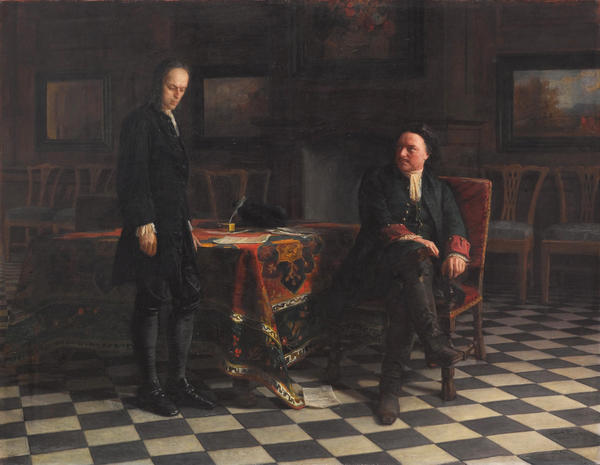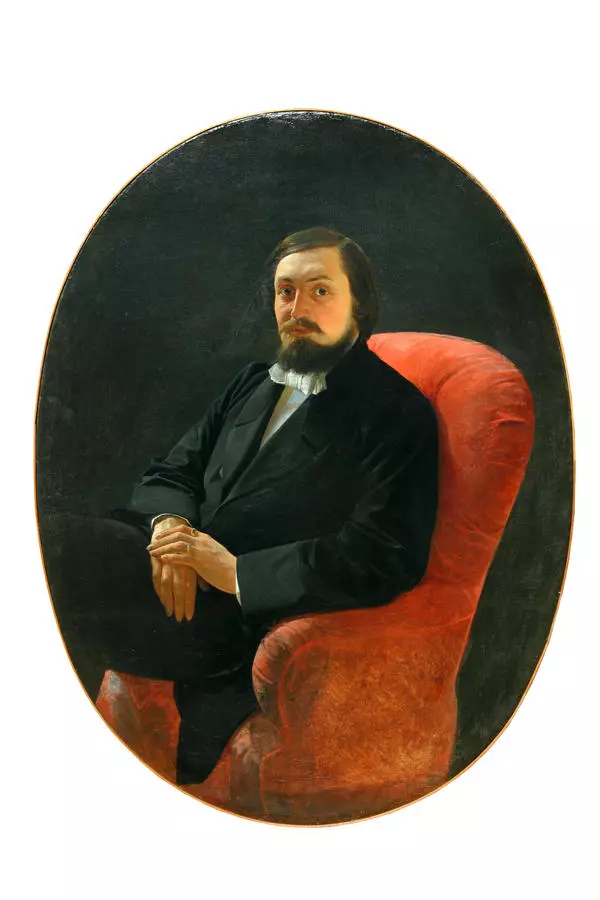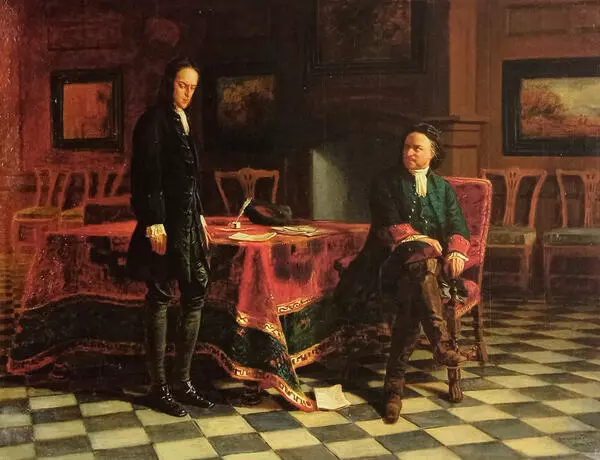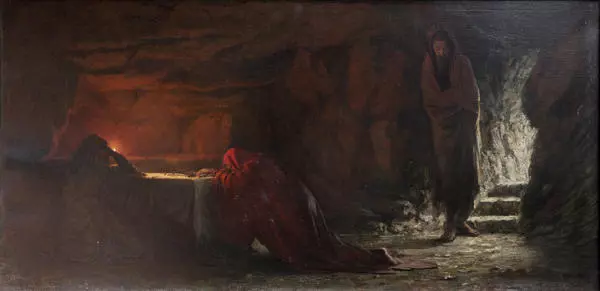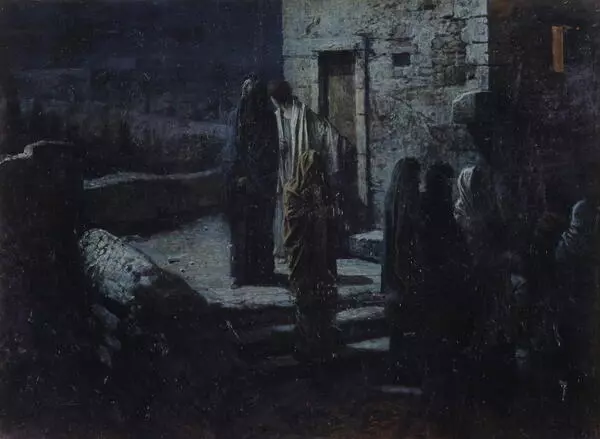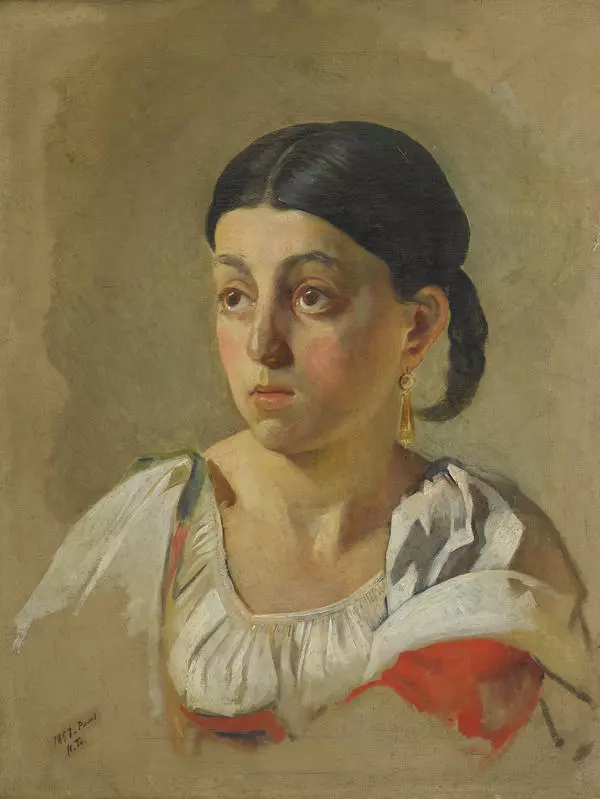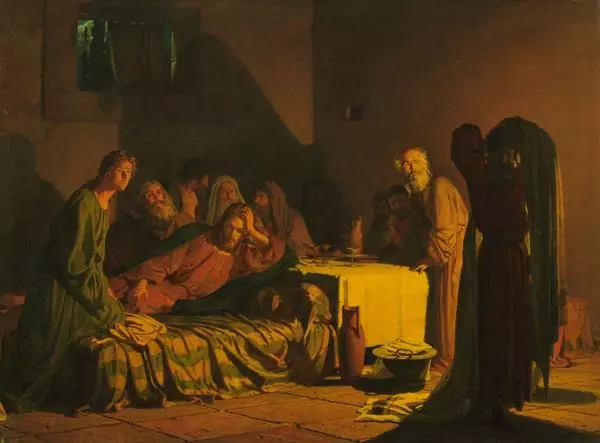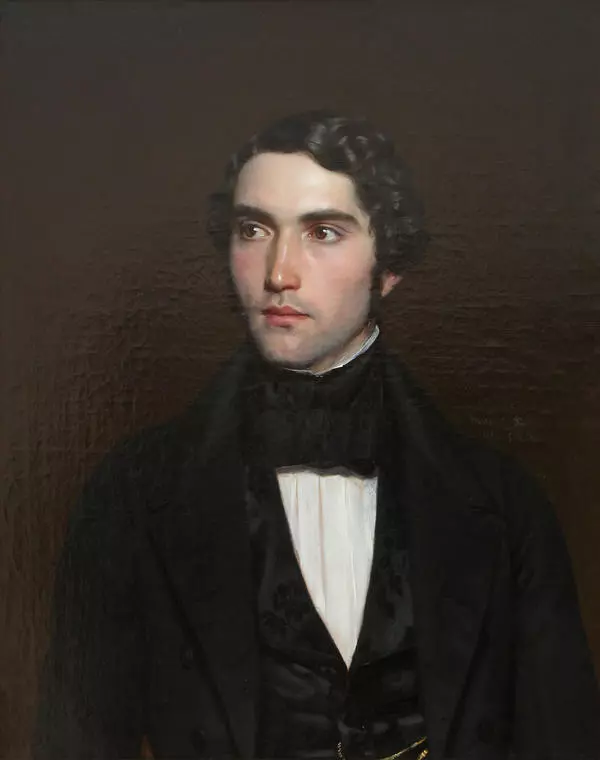Nikolai Ge, a master of portrait and historical painting, created Boris Godunov and Tsarina Marfa in 1874. This work is a sketch of a painting that never came to be.
Boris Godunov and Tsarina Marfa
Время создания
1874
Размер
72x100 cm
Техника
Canvas, oil
Выставка
11
Открыть в приложении#1
Nikolai Ge
Boris Godunov and Tsarina Marfa
#2
#3
In this work, the artist depicted a historical scene. Russia suffered a dynastic crisis at the end of the 16th century. Tsarevich Dmitry, the younger son of Ivan the Terrible and the last representative of the Romanovs, died under strange circumstances in Uglich. This event brought Boris Godunov to the throne. He was related to the Tsar Fyodor’s wife who ruled the country after Ivan the Terrible. The people declared Godunov the murderer of Tsarevich Dmitry.
#4
At that time, the Polish authorities decided to take advantage of the crisis and announced that Tsarevich Dmitry was still alive: they wanted to set their viceroy, Pseudo Dmitry I, on the throne. When the impostor came to the scene, Boris Godunov decided to interrogate the mother of the real Tsarevich Dmitry, Marfa the nun.
#5
The action in Nikolai Ge’s painting takes place in the darkness of a chamber of the Tsar’s Palace. The canvas features Tsar Boris Godunov, his wife Maria and Marfa the nun, who was brought to the palace from the Novodevichy Convent. This is how the historian Nikolai Kostomarov described the interrogation:
“Tell me the truth, is your son alive or not?” - Boris asked threateningly. “I don”t know,’ the old woman answered. Then Tsarina Maria got in such a rage that she grabbed a lit candle and threw it in Marfa’s eyes. Tsar Boris protected Marfa, otherwise the Tsarina would have her eyes burned out’.
#6
Boris Godunov’s fierce anger is contrasted with the ominous calm of Martha the nun. Her lips are tightly squeezed, her eyes are on the Tsar and her arms are crossed on her chest. Everything in her posture and facial expression speaks about firmness and fearlessness. The composition of the sketch is similar to that of the painting. Peter I Interrogates Tsarevich Alexei which Nikolai Ge painted in 1871. Art historians assume that was the reason why the artist did not develop his idea further.
#7
Peter I Interrogates Tsarevich Alexei, Nikolai Ge, 1871.
#8
Nikolai Ge was born in 1831 into the family of a landowner who lived in Voronezh. In 1848, Nikolai Ge moved from Kiev to the capital of the Russian Empire. He studied at Faculty of Mathematics of the St. Petersburg University, but left it in 1850 to enter the Academy of Arts. Five years later, the young painter received the highest award at the Academy, the Grand Gold Medal, which entitled him to travel to Europe. He seized the opportunity and traveled to Italy, France, Germany, and Switzerland.
#9
In 1869, the painter returned to Russia and joined the Itinerants. Nikolai Ge created the painting Peter I interrogates Tsarevich Alexei in Peterhof for the first exhibition of the Association of Traveling Art Exhibitions. The philanthropist Peter Tretyakov, the founder of the Tretyakov Gallery, bought the painting. In his mature years, Nikolai Ge created paintings dedicated to religious subjects.
читать дальшескрыть
00:00
00:00
1x
Boris Godunov and Tsarina Marfa
Время создания
1874
Размер
72x100 cm
Техника
Canvas, oil
Выставка
11
Открыть в приложении
Поделиться


